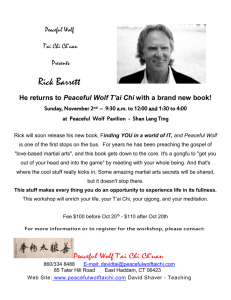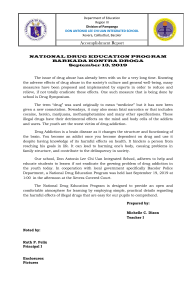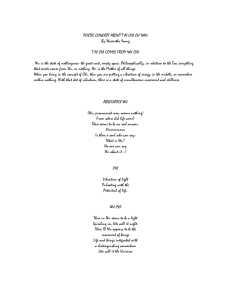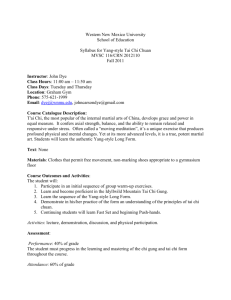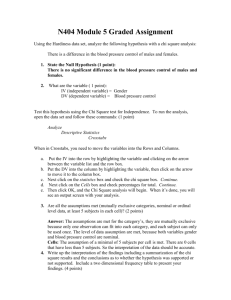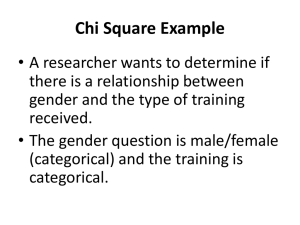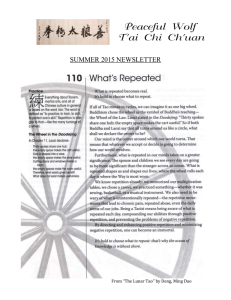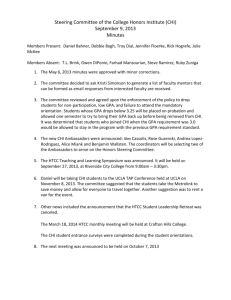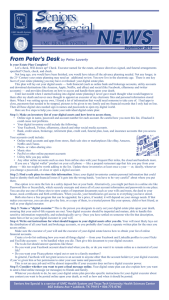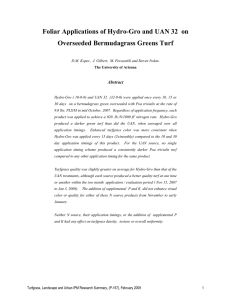Bibliography for - Legal Writing Institute
advertisement
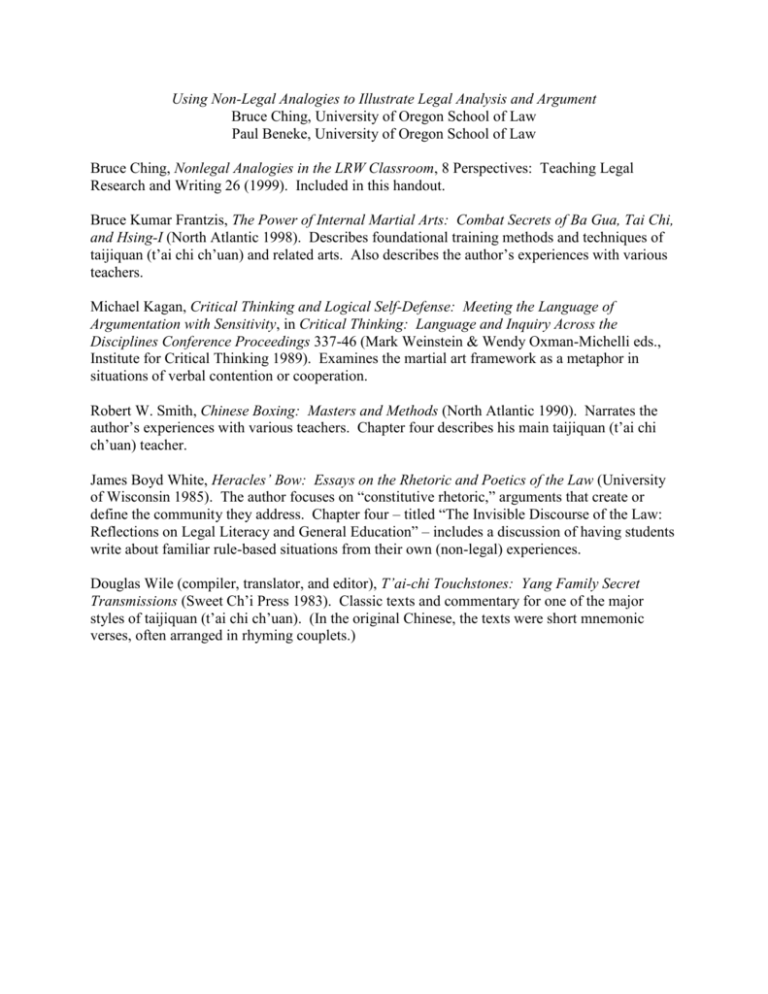
Using Non-Legal Analogies to Illustrate Legal Analysis and Argument Bruce Ching, University of Oregon School of Law Paul Beneke, University of Oregon School of Law Bruce Ching, Nonlegal Analogies in the LRW Classroom, 8 Perspectives: Teaching Legal Research and Writing 26 (1999). Included in this handout. Bruce Kumar Frantzis, The Power of Internal Martial Arts: Combat Secrets of Ba Gua, Tai Chi, and Hsing-I (North Atlantic 1998). Describes foundational training methods and techniques of taijiquan (t’ai chi ch’uan) and related arts. Also describes the author’s experiences with various teachers. Michael Kagan, Critical Thinking and Logical Self-Defense: Meeting the Language of Argumentation with Sensitivity, in Critical Thinking: Language and Inquiry Across the Disciplines Conference Proceedings 337-46 (Mark Weinstein & Wendy Oxman-Michelli eds., Institute for Critical Thinking 1989). Examines the martial art framework as a metaphor in situations of verbal contention or cooperation. Robert W. Smith, Chinese Boxing: Masters and Methods (North Atlantic 1990). Narrates the author’s experiences with various teachers. Chapter four describes his main taijiquan (t’ai chi ch’uan) teacher. James Boyd White, Heracles’ Bow: Essays on the Rhetoric and Poetics of the Law (University of Wisconsin 1985). The author focuses on “constitutive rhetoric,” arguments that create or define the community they address. Chapter four – titled “The Invisible Discourse of the Law: Reflections on Legal Literacy and General Education” – includes a discussion of having students write about familiar rule-based situations from their own (non-legal) experiences. Douglas Wile (compiler, translator, and editor), T’ai-chi Touchstones: Yang Family Secret Transmissions (Sweet Ch’i Press 1983). Classic texts and commentary for one of the major styles of taijiquan (t’ai chi ch’uan). (In the original Chinese, the texts were short mnemonic verses, often arranged in rhyming couplets.)
